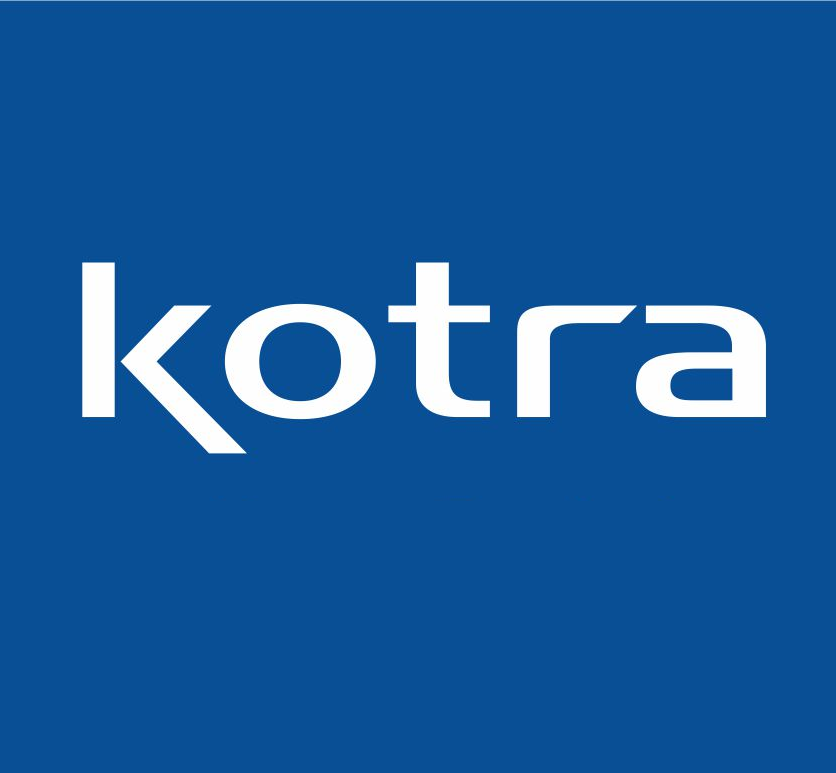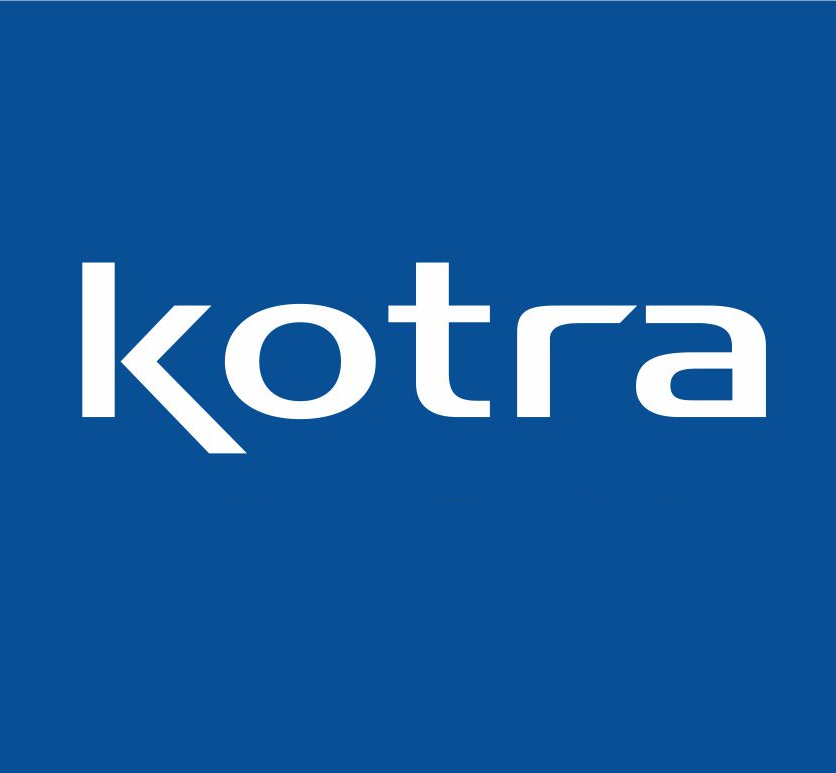The global textile industry is undergoing a transformation driven by the growing demand for synthetic fibers with superior performance characteristics. Acrylic fibers have emerged as a preferred choice due to their softness, lightweight nature, and resistance to environmental degradation. These fibers are widely used in apparel, home textiles, and industrial applications. The demand is further supported by increasing disposable income, urbanization, and evolving consumer preferences for durable and stylish fabrics.
The Acrylic Fiber Market is segmented based on type, application, and geography. Staple fibers account for the largest share, primarily due to their versatility in knitting, weaving, and blending with other fibers. Filament fibers are gaining traction in specialty industrial applications, including automotive interiors and medical textiles. Regionally, Asia-Pacific dominates the market, with China and India serving as key production and consumption hubs. Europe and North America are projected to experience moderate growth, driven by innovations in high-performance textile applications.
Market drivers include rising demand for comfortable and multifunctional fabrics and ongoing innovations in acrylic fiber production. Manufacturers are increasingly adopting eco-friendly processes and exploring recycled fiber options to align with sustainability goals. However, high raw material costs and competition from polyester and other synthetic fibers pose challenges. Industry participants are investing in R&D and technological upgrades to improve fiber quality, production efficiency, and functionality.
Collaborations between chemical suppliers and textile producers are enhancing product offerings, with developments in UV-resistant, flame-retardant, and moisture-managing fibers. Blended fibers combining acrylic with natural materials are gaining popularity for their comfort and durability. Additionally, the medical and protective clothing segments are presenting new growth opportunities due to the superior insulation and chemical resistance of acrylic fibers.
According to the Acrylic Fiber market forecast, the market is expected to experience steady growth over the next decade. Demand from emerging economies and specialty applications in automotive, healthcare, and industrial textiles is projected to drive expansion. Sustainability initiatives and consumer preference for functional yet fashionable fabrics are likely to accelerate market adoption. Companies focusing on innovation, strategic partnerships, and regional expansion are well-positioned to capture future growth opportunities.
Overall, the outlook for the acrylic fiber market remains positive, supported by evolving applications, technological advancements, and favorable market dynamics. Firms investing in high-performance and eco-friendly fiber solutions are expected to gain a competitive edge. The convergence of fashion, functionality, and sustainability will continue to sustain the demand for acrylic fibers across diverse industries.


